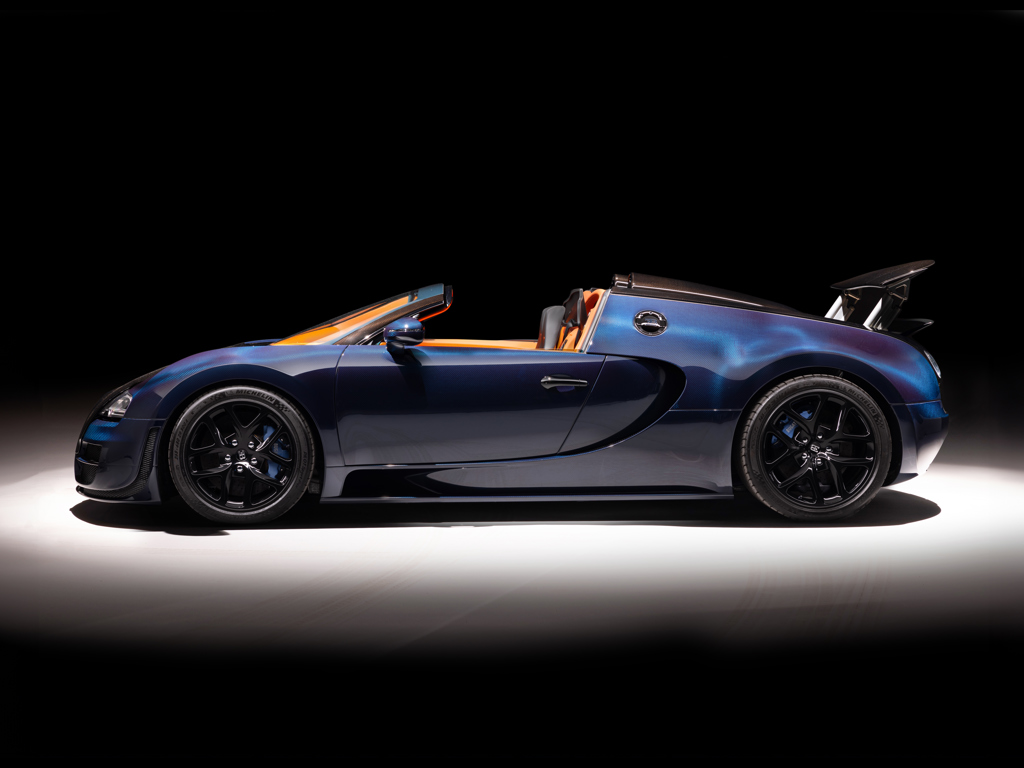It was the mid-1980s, and the world of off-road racing was in upheaval.
All-wheel drive, long thought to be an unnecessary addition of weight and mechanical complexity, immediately proved to be the superior layout for off-roading after Audi scored four consecutive World Rally Championship victories in the hypercompetitive Group B series from 1982 to ’84. The lone spoiler in Audi’s streak was Lancia’s rear-wheel-drive 037 rally car in 1983, but that was to be the last World Rally Championship won by a car without four driven wheels. Other manufacturers immediately scrambled to develop their own all-wheel-drive solutions, including Ford Europe’s Motorsport division and France’s Peugeot Sport.
Lancia turned to UK-based racing expert Hewland for help developing the gearbox and all-wheel-drive system—a prudent decision, as Hewland still supplies gearboxes and transaxles to Formula 1, Formula E, and DTM teams today. Unlike Audi’s quattro and later quattro Sport, Lancia built their Group B rally car from a silhouette shell, strengthened by its tubular space frame construction. Any comparisons to Lancia’s family-friendly, front-wheel-drive Delta hatchback faded upon closer inspection.
Underneath the Delta S4’s iconic Martini Racing livery, the differences between the rally and road car only increased. The doors were Kevlar-constructed, with a clever hollow design that formed both the interior and exterior door skin. Interior window winders and door handles were discarded altogether. The rest of the body panels were made of lightweight carbon fiber composite. The sum total of the engineers’ efforts added up to a 950 kg (2,094 lb) setup for on-road circuits and only 1,050 kg (2,314 lb) for dirt tracks.

1985 Lancia Delta S4 Rally
While turbocharging was much touted at the time, Lancia opted to Twincharge their Delta S4. In the 1980s, turbocharging systems typically delivered additional power in one large lump once the boost threshold was passed—usually delivered at high RPMs. The Abarth-designed, Formula 1-derived engine destined for the Delta S4 revved to 10,000 RPMs—something needed to bridge the power gap before the boost threshold. Lancia’s solution was to add an Abarth Volumex R18 supercharger (hence the “Twincharge” title), ensuring immediate acceleration throughout the rev range.
Abarth assembled the final product, the sum of which was much more than a mere modified Lancia. Though 200 road-going “Stradale” versions of the Delta were constructed for Lancia by Italian coachbuilder Savio to meet the homologation qualification, a mere 28 rally-ready chassis of the Delta S4 were ever built. Fewer still were raced in period. This chassis, number 207, was.
RM Sotheby’s is pleased to announce the private sale of Lancia Delta S4 chassis 207—the apex of evolution for Group B rallying and a genuine artifact from the history of motorsport. As many readers already know, Group B was dissolved altogether after the 1986 season; this Lancia marked the end of an era.



